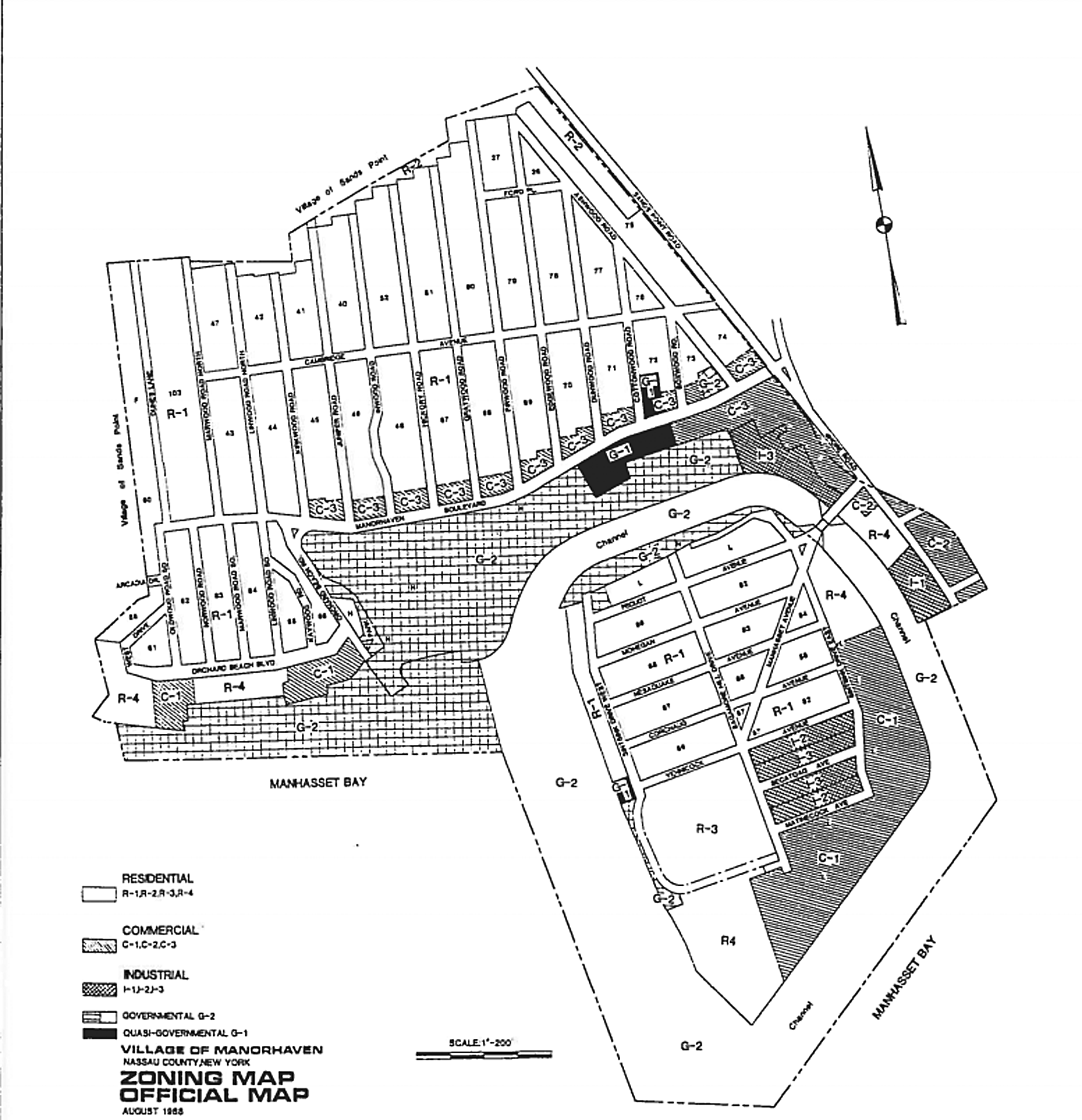
A waterfront analysis of Manorhaven, released this week by Cameron Engineering & Associates LLP, calls for public access to the water, limiting density and raising height restrictions.
In the 18-page document, Cameron lays out the feedback it received from the Manorhaven community and how it thinks the village can meet residents’ desires. The analysis is part of a moratorium on waterfront development that the village implemented in the summer of 2016.
“These small changes to the Code, along with amendments focusing on public access and viewsheds, will allow the future of Manorhaven waterfront to fulfill the community’s vision for their most valuable asset,” the document said.
To preserve the waterfront, the analysis said the village should require that public access amenities are included in all new waterfront developments. Specifically, development parcels more than an acre in size should provide a parcel of open public space either parallel or adjacent to the property.
In order to limit density near the waterfront, the analysis recommends that residential density should be one unit per 3,000 square feet instead of the current policy of one unit per 1,500 square feet. More controversially, it also calls for height restrictions to be raised from 26 feet/two stories to 34 feet/three stories.
The analysis also calls for new developments to include native plants to handle storm water runoff, to establish an incentive bonus for developers to who provide more than 20 percent of a property for publicly accessible open space and to establish architectural standards.
“It’s a very big step for the community,” Manorhaven Mayor Jim Avena said. “But it’s going to be a process, it’s going to be awhile. I’m not going to make any moves without hearing responses to this whole study.”
Residents will have a chance to respond to the analysis at a public hearing to be held at Village Hall at some point during the first two weeks of February.
Avena said it would be months before the village took action to implement the recommendations in the analysis. Even if the village wants to act on the recommendations, any changes to zoning would have to first be reviewed by the Nassau County Planning Commission. They would then have to move through the State Environmental Quality Review Act process, which would allow for more public comment and which Avena said could take “six to 12 months.”
Some residents said they felt that the study did not thoroughly examine the impact that increased development would have on the village. Manorhaven Action Committee member Lucretia Steele said she felt the study was an endorsement of further construction.
“It lays out a plan and argument, in the guise of aesthetics, to change zoning and codes not only on the waterfront but throughout the village and which would dramatically increase development and add significantly to the current problems of overcrowding,” she wrote in an email.
Avena said he was willing to get as much feedback from the community as possible.
“I don’t care if we have 10 hearings about it,” he said. “The more the merrier. Let’s get everyone’s opinion.”






